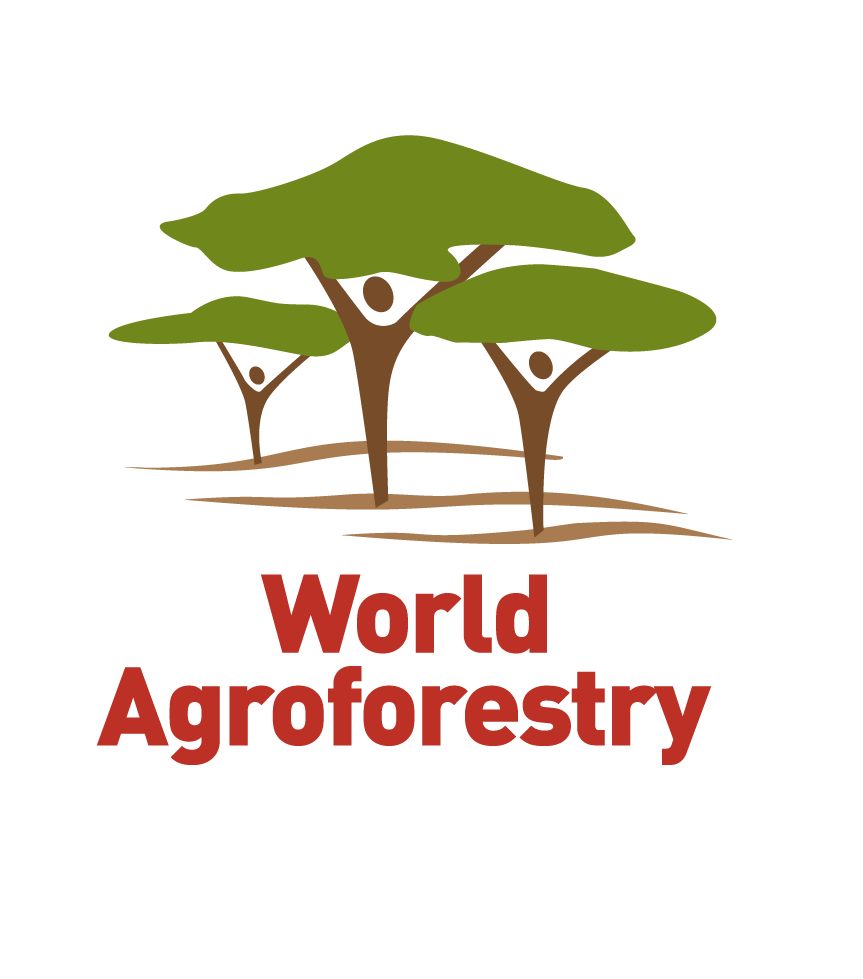Related Links
Local names:
English (rubber vine), Swahili (mpira,mbungo)
Saba comorensis is a strong forest liana up to 20 m long on other trees. Stem lenticillate and exuding a white sticky latex when cut. Leaves ovate or elliptic, base rounded or subcordate, apex obtuse or rounded, 7-16 x 4-8.5 cm, glabrous. Flowers fragrant, borne in many short stalked terminal or axillary corymbs. Corolla tubular, throat yellow, petals white. Fruit subglobose 4-8 cm long and 3.5-6 cm wide, pitted, greenish when young, turning orange-yellow after ripening. Fruit pulp yellow. Seeds numerous, brown-black and coated with orange-yellow pulp. The specific epithet refers to the Comoros Islands.
Ecology
S. comorensis is very abundant in undisturbed forests, coastal areas and around the Great lakes region of Africa. The liana is very rare in open areas. It commonly associates with Antiaris toxicaria, Milicia excelsa, Khaya nyasica, Pachystela brevipes, P. msolo, Sterculia appendiculata, Sorindeia madagascariensis, Trema orientalis and Ficus spp.
Native range
Comoros, Ghana, Kenya, Malawi, Mozambique, Tanzania, Uganda
Tree management
The vine coppices on cutting the main stem.
Mature fruit never falls and must be collected once yellow in colour. For easy germination the seeds need de-pulping by hand and cleaning in water. The germination success rate is well over 90% and starts 12 days after sowing. Germination is uniform and hypogeal. Passage through animal gut greatly improves germination.
S. comorensis is very abundant in undisturbed forests, coastal areas and around the Great lakes region of Africa. The liana is very rare in open areas. It commonly associates with Antiaris toxicaria, Milicia excelsa, Khaya nyasica, Pachystela brevipes, P. msolo, Sterculia appendiculata, Sorindeia madagascariensis, Trema orientalis and Ficus spp.
S. comorensis regenerates naturally by seed. For establishment the seed needs fertile moist soils under partial or full shade. Artificial regeneration by cuttings is also possible.
Erosion control: This vine is riparian and prevents river bank soil erosion.
The fruit pulp is edible, commonly found in market places. A refreshing sour drink can be made from the fruit. There is an export potential as the fruit does not rot easily.
Apiculture: The flowers provide nectar.
Timber: Stems are used in hut building.
Medicine: Bark decoction used in treating rheumatism. Fruits sucked for oral thrush in Kenya.
Ornamental: A beautiful liane for shady gardens, flowers beautiful and fragrant.
Can serve as a live fence.
Latex or rubber: The stem yields latex which is used as an inferior rubber.
